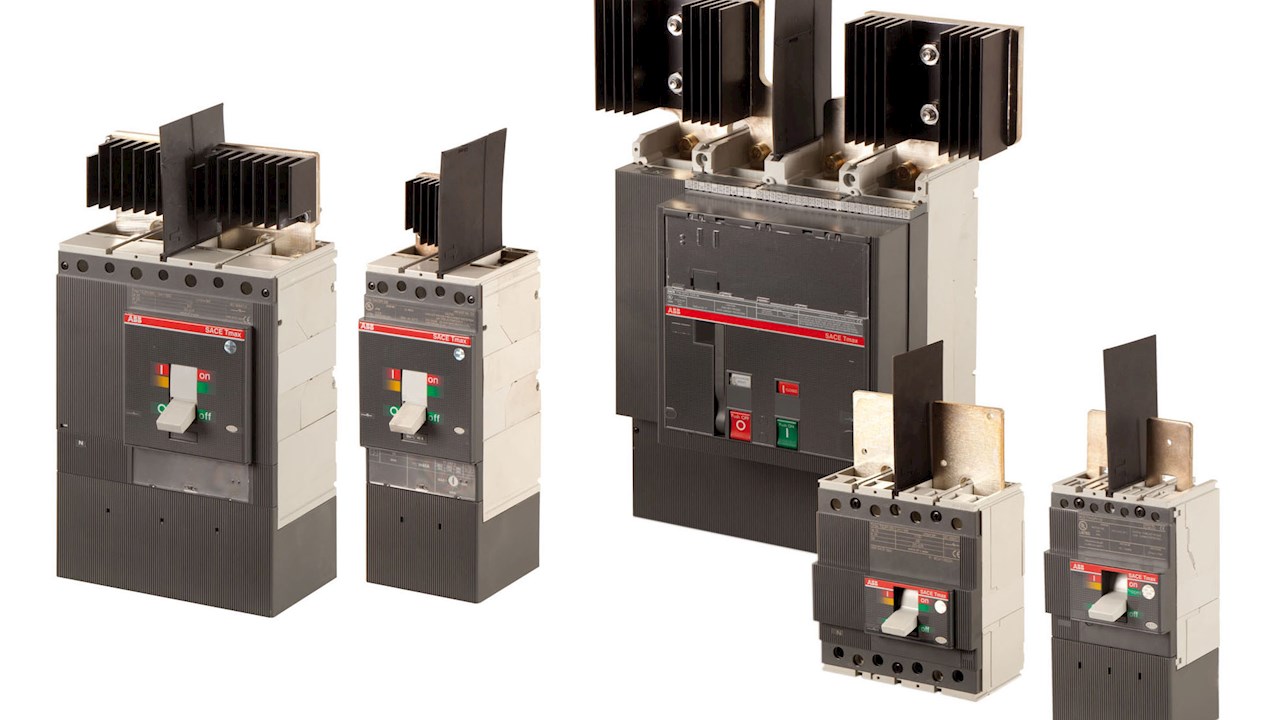Molded Case Circuit Breakers (MCCBs) are electrical devices used to protect an electrical system by interrupting the flow of current in the event of an overload or short circuit. MCCBs are used to protect circuits up to 1,600 amps, and they are found in a wide range of applications such as commercial, industrial, and residential settings.

In this blog post, we will explore the definition of an MCCB, its basic components, how it works, types of MCCBs, and applications where MCCBs are used.
Definition of MCCB
Moulded Case Circuit Breakers (MCCBs) are circuit breakers made of a molded thermoplastic case, which houses the electrical contacts and an operating mechanism. MCCBs are designed to interrupt the flow of electrical current when the current exceeds the safe limit or if a short circuit occurs.
Basic Components of MCCB
MCCBs have the following basic components:
1. Frame: MCCBs are designed with a frame that provides structural support and protection from external impact and environmental factors.
2. Operating Mechanism: The MCCB's operating mechanism consists of a trip mechanism and a handle. The handle is used to open and close the contacts of the MCCB manually.
3. Contacts: The contacts are the parts of the MCCB that make or break the electrical connection. The contacts are made of high-conductivity materials such as copper or silver.
4. Trip Mechanism: The trip mechanism is the part of the MCCB that detects overloads or short circuits and trips the MCCB to protect the system.
How MCCBs work
MCCBs are designed to monitor the electric current in a circuit. When the current exceeds the safe limit or if a short circuit occurs, the trip mechanism detects the fault and trips the MCCB to disconnect the circuit from the power source. The trip mechanism automatically opens the contacts of the MCCB to interrupt the flow of current and protect the electrical equipment from damage. Once the fault has been cleared, the MCCB can be manually reset by closing the contacts.
Types of MCCBs
There are several types of MCCBs that are designed for different applications. The most common types include:
1. Thermal-magnetic MCCBs: These types of MCCBs use both thermal and magnetic trip mechanisms to detect overloads and short circuits.
2. Electronic MCCBs: These types of MCCBs use electronic sensors to monitor the electric current in a circuit. They are more accurate and reliable than thermal-magnetic MCCBs.
3. Motor protection MCCBs: These types of MCCBs are designed to protect motors from overloads and short circuits.
Applications of MCCBs
MCCBs are used in a wide range of applications, including:
1. Commercial Buildings: MCCBs are used in commercial buildings to protect electrical circuits from overloads and short circuits.
2. Industrial Plants: MCCBs are used in industrial plants to protect equipment from damage due to overloads and short circuits.
3. Residential Buildings: MCCBs are used in residential buildings to protect electrical circuits from overloads and short circuits.
Conclusion
MCCBs are an essential component of any electrical system as they protect the system from damage due to overloads and short circuits. They are designed to be reliable and accurate, and they come in different types to suit different applications. MCCBs play a vital role in ensuring the safety and reliability of electrical installations in any setting.